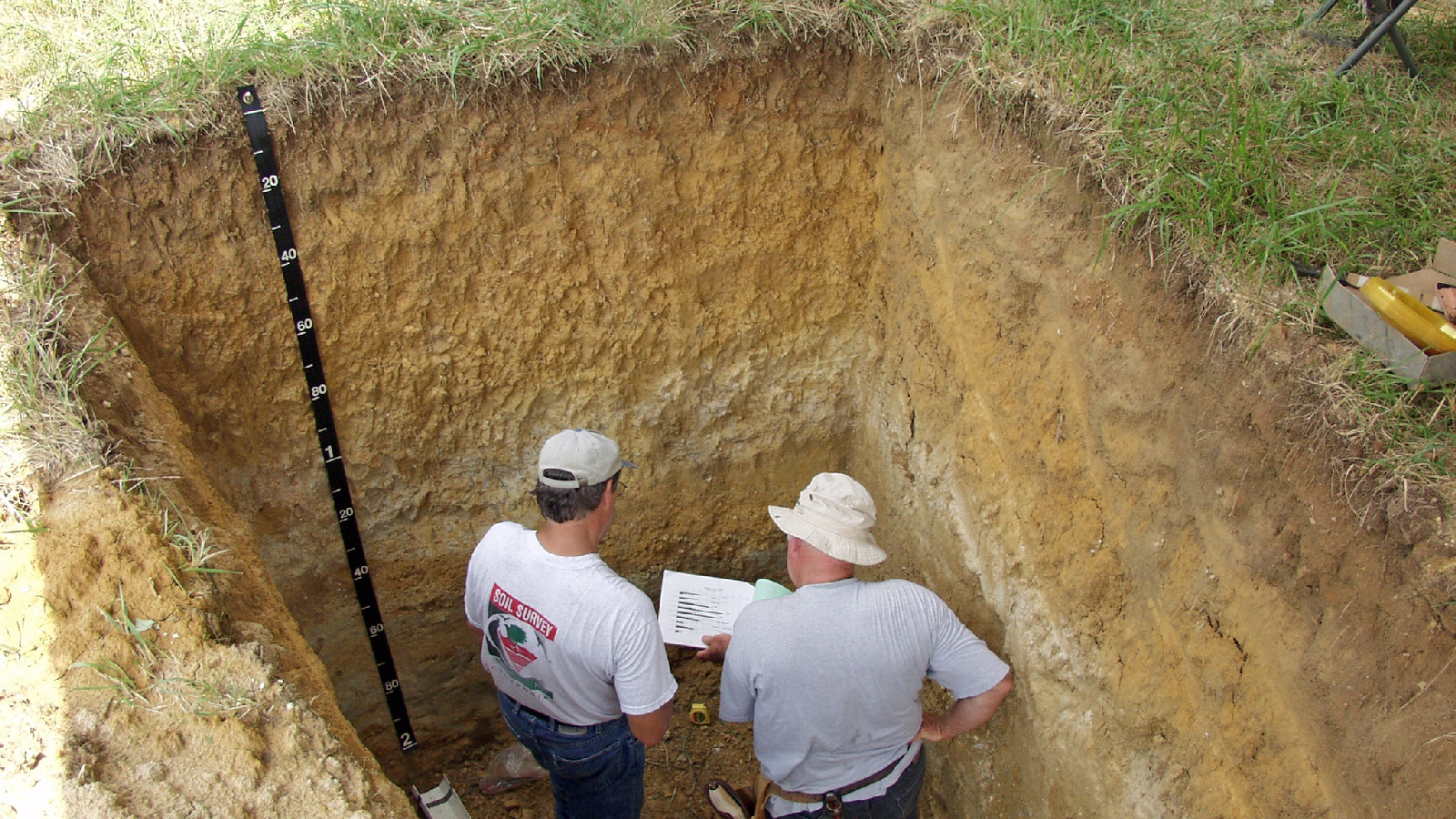To reduce global warming carbon pollution in the atmosphere, there’s growing interest in paying farmers to increase the carbon that’s absorbed by plants and stored in the soil.
For example, farmers might grow perennial grasses with long roots that can lock carbon in the ground.
Tautges: “But if we’re paying out all this money and we’re not getting real-world increases in soil carbon storage because we’re not measuring it and monitoring it properly, then that’s a whole lot of wasted money, and we’re not achieving our goal.”
Nicole Tautges is with the Michael Fields Agricultural Institute in Wisconsin.
She says some strategies for increasing soil carbon are more effective than others, so it’s critical to monitor the real-world changes — and to do so accurately.
Her research shows that measuring just the top layer of soil may provide a misleading picture of soil carbon.
Tautges: “So that is to say, if you’re just looking in the top foot and you observe an increase, well, there could be losses going on in deeper parts of the soil.”
She says incentive programs should require monitoring of soil carbon at multiple depths to ensure that any payments offered to farmers provide real climate benefits.
Reporting credit: Sarah Kennedy / ChavoBart Digital Media
We help millions of people understand climate change and what to do about it. Help us reach even more people like you.
Source link


